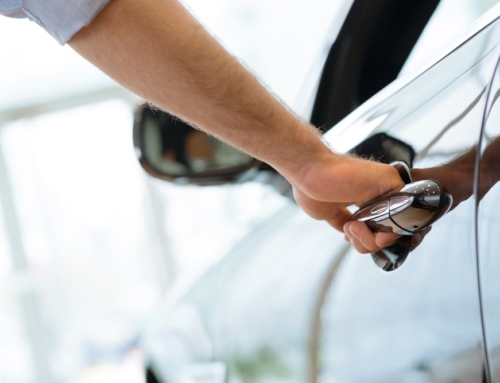Auto insurance is one of those expenses that goes up every year – unless you shop around for a deal or take advantage of bundling services.
When you first took out your auto insurance policy, you probably evaluated your needs, shopped around for the best rate and checked for discounts. But have you done any of that since?
It’s a worthwhile exercise to re-evaluate your insurance policy as your car ages and your driving record and habits change. Information falls out of date, deals and discounts change and your coverage needs shift.
Take some time to look at your current auto insurance policy and to research others. To get you started, here are eight ways to save money on your car insurance policy (and not by calling a little green lizard from a commercial).
1. Re-evaluate your auto insurance coverage. “Make sure you’re not paying for more coverage than you need,” said John Egan, managing editor of Carinsurancequotes.com, a site that compares auto insurance rates. If your car is older, it might be time to drop comprehensive and collision coverage. These types of coverage are expensive and may not be worthwhile, so do the math—how much are you paying annually, how much is your deductible and how much is your car worth? Generally speaking, you should only carry comprehensive and collision if the annual premium is no more than 10 percent of your car’s current Kelley Blue Book value. If your car isn’t worth it, you may want to switch to the cheaper, state-mandated coverage, such as basic liability insurance, Egan said.
2. Bundle your policies. If you haven’t looked into bundling your car and home insurance, now is the time to do it. Some insurance companies reduce their premiums by as much as 25 percent for customers who bundle their policies, Egan said. But keep in mind that bundling doesn’t always produce the best deal.
3. Claim discounts for which you’re eligible. Ask your insurance provider for a list of every discount it offers—a discount for seniors, teachers, veterans, good students or those with clean driving records, for example—and see if you qualify. This can save you a lot of money, particularly if you haven’t recently looked into it.
4. Make sure your insurance rates are based on accurate information. “If you’re driving less or if a previous accident recently came off your record, you should be able to save money on your car insurance,” Egan said. This means a thorough look at your insurance policy. Review your last policy and make sure your agent has the most up-to-date information for you.
5. Don’t be afraid to ask for a better deal. Research competitors and gather a few quotes. You may find a great deal, or you may at least be able to use that information to convince your current insurer to give you a better rate on your auto insurance policy.
6. Raise your deductible. The higher your deductible, the lower your premium. Raising your deductible could save you quite a bit on your premium (unless you’re an accident-prone driver). Just keep in mind that if you do get in a wreck, you will have to come up with the deductible amount to get your car fixed. Make sure that either you will be able to cover it or that you will have enough ready to go in savings.
7. Maintain good credit. Like it or not, car insurers often check the credit of their clients when determining their rates because studies have shown that people with higher credit scores tend to get in fewer wrecks. Check your credit report to make sure there are no errors, and practice good credit habits.
8. Think twice about roadside assistance. A tow costs you twice—first you pay for the roadside assistance coverage, then you pay in increased insurance costs. That tow could affect your rates or even your eligibility for coverage.
Ilyce R. Glink is the author of several books, including 100 Questions Every First-Time Home Buyer Should Ask and Buy, Close, Move In!.






